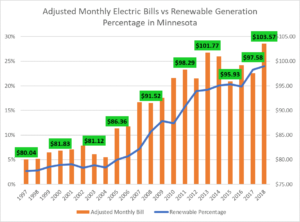Coal Do you realize what amount of coal your home uses each day? Every year, a normal group of four uses 3,375 pounds of coal for their water warmer; 560 pounds-burner/range; 256 pounds-TV; and 37 pounds-vacuum cleaner. Close to half of the power utilized in the United States is coal-produced, and given the huge asset the U.S. has of this fuel type, there is sufficient realized stockpile to endure very nearly 300 years even utilized at a similar rate as today.
Reliant Energy Plans related to utilizing coal incorporate the mining, transportation, power age, and outflows control, yet coal-filled electric power stays one of the most reduced expense wellsprings of energy for buyers. So how does coal drive your home? How about we start in the mines.
Mining Coal
Coal file there are two essential ways of mining coal: surface mining and underground mining. Diggers separate coal from stores at or close to ground level utilizing the surface mining strategy. Surface teams eliminate earth covering the coal and slowly extricate this petroleum product. Excavators are then legally necessary to return the land to its unique, or a further developed condition known as recovery. In regions where coal stores are profound underground, diggers dive burrows into the earth and utilize one of three techniques: customary, consistent, or longwall mining.

With the customary strategy, the digger utilizes a long electric trimming tool to cut a strip under the coal store and the region is impacted. After the blast slackens the coal, diggers utilize a stacking machine and transport line to move the coal to the world’s surface for additional handling. Interestingly, constant and longwall mining don’t utilize penetrating or impacting. With these cycles the coal is torn or removed separately, then, at that point, sent on to the arrangement plant. At the readiness plant, labourers work hardware to eliminate rocks and flotsam and jetsam before washing, arranging, and mixing the coal before it is transported.
Coal excavators are profoundly gifted and all around prepared in the utilization of complex, cutting-edge gear. On normal coal, excavators work a 40-hour week in chilly, loud, sodden, and dull conditions, while procuring a normal time-based compensation of $21.57. There are more than 300,000 individuals utilized in the coal mining industry.
Shipping Coal
Large coal is to a great extent moved in the U.S. by rail and barge. Elective transportation techniques incorporate trucks, transports, and vessels. Rail transportation represents 70% of coal shipments to control plants, which can prompt market power misuse (for example rate builds, low quality, and inconsistent assistance) brought about by the shortfall of rivalry. Starting around 2004, various producing and transmission cooperatives have detailed that their railroad transporters are requesting 100% rate increments at the termination of their current agreements.
PowerSouth’s Charles R. Lowman Power Plant, situated close to Leroy, Ala., gets golf ball-sized coal by a barge on the Tombigbee River and by rail. As it is dumped onto a transport, the coal is moved to an enormous stockpiling heap, sufficiently large to support two months’ request.
The Lowman plant can put away 250,000 tons of coal. Given its popularity, the plant can consume as much as 5,000 tons a day when customers utilize a ton of power. The subsequent stage in the process is changing over coal into power.

